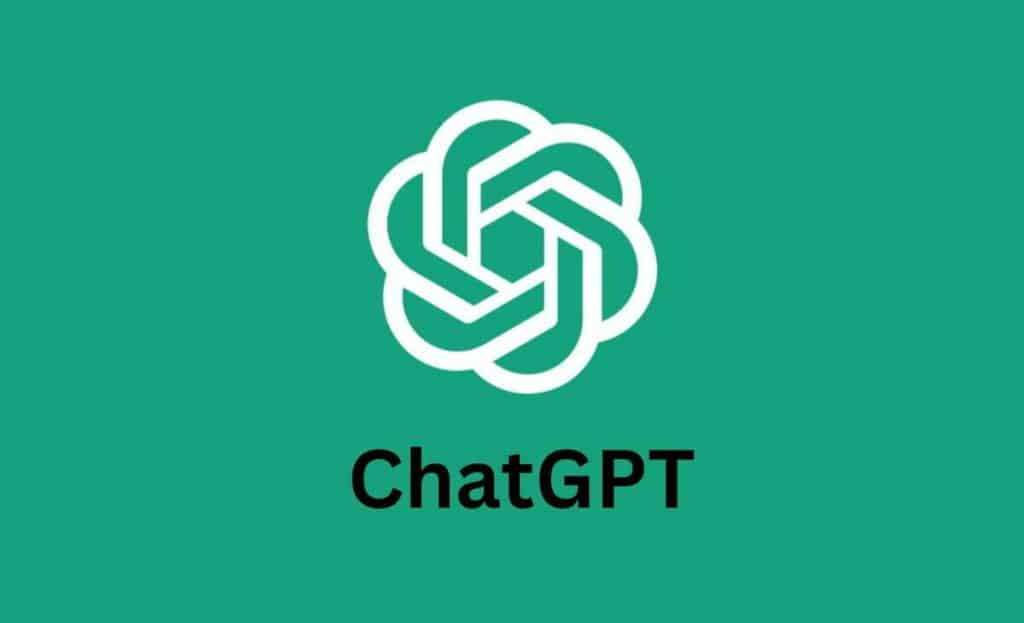OpenAI is making a bold leap: it wants ChatGPT operating system to be more than just a chatbot. At its DevDay event, the company unveiled a new SDK that allows developers to embed full apps inside ChatGPT. The shift suggests that the future of computing may center around chat-first experiences instead of standalone apps.
This vision raises big questions for businesses: How will workflows change? Which apps will migrate inside chat interfaces? And how should companies prepare for this new paradigm?
What’s New at DevDay: Apps Inside Chat
The key announcement was a new Apps SDK, enabling third-party services (like Spotify, Canva, Zillow) to run directly inside ChatGPT. Rather than jumping out to a separate app or web page, users can interact with these services conversationally e.g., asking ChatGPT to design a poster or search real estate listings, all within the same window.
OpenAI also introduced AgentKit, a toolkit for building AI agents that act autonomously on behalf of users another piece in turning ChatGPT into a multi-function environment.
While the rollout is still in preview and limited to certain partners, the direction is clear: OpenAI is positioning ChatGPT as a unified interface rather than just a conversational assistant.
Strengths of the “ChatGPT OS” Vision
-
Streamlined experience
Users won’t need to switch between apps; everything can happen in one chat interface. -
Seamless integration
Embedding apps inside ChatGPT lets data and context move fluidly across tasks. -
Developer opportunity
The SDK opens a new channel for app makers to reach users inside this central interface. -
Adaptive workflows
AI agents built via AgentKit can proactively assist, orchestrate multi-step tasks, or trigger actions.
Key Challenges and Limitations
-
Scope & compatibility
The embedded app model only works where ChatGPT is used. Legacy systems or offline tools may not integrate easily. -
Privacy & data flow
When multiple apps operate inside ChatGPT, managing data permissions and separation becomes critical. -
Competition from traditional platforms
Established operating systems and app ecosystems (mobile, desktop) still offer mature infrastructure and control. -
Adoption lag
Early versions are limited to select partners. Broad adoption will take time and trust-building. -
Monetization complexity
How OpenAI and app developers share revenue, manage transactions, and handle billing within chat are open questions.
How Businesses Should Prepare
-
Audit your tools
Identify apps and workflows that could move into a chat-based interface. -
Design modular services
Build APIs and services that can be embedded or interact in smaller, modular ways. -
Evaluate data control & security
Plan for how data will flow across embedded apps, and ensure strong permission models. -
Monitor developer ecosystems
Stay aware of who’s launching inside ChatGPT and what features gain traction. -
Experiment with prototypes
Try small pilot integrations using GPTs or APIs to see how chat-based workflows might benefit your teams.
Final Thoughts
The move toward a ChatGPT operating system isn’t just hype, it represents a shift in how digital tools may be designed and delivered. For businesses, this change offers both opportunity and risk: the chance to embed services into central workflows, but also pressure to evolve architecture and data practices.
At Capital Data Service, Inc., we guide organizations through platform transitions, integration strategies, and architecture redesign to adapt to emerging paradigms. If you want to explore how ChatGPT-as-OS might impact your business, let’s talk.

